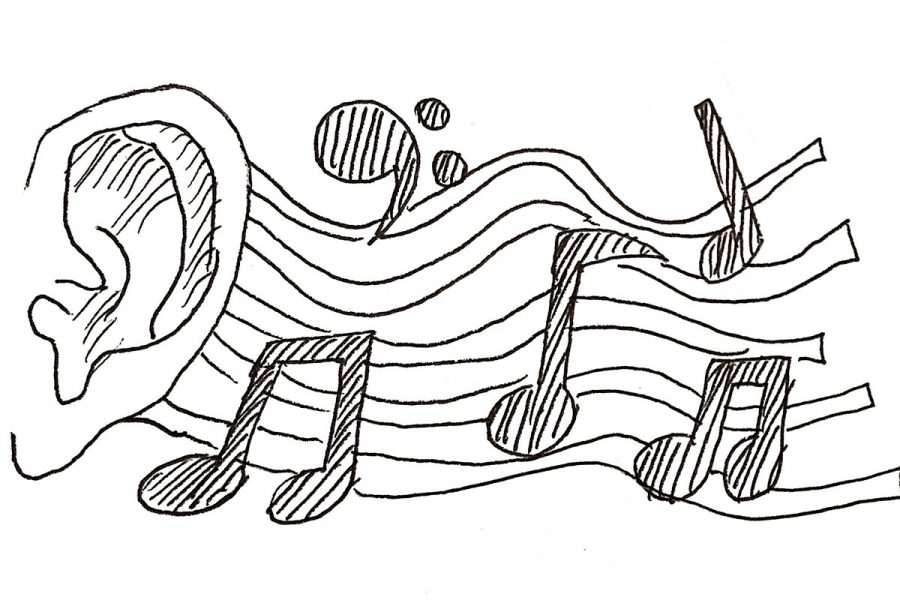The science of earworms
INMI explains annoying phenomena
Photo by Victoria Van
January 22, 2018
Have you ever had a song stuck in your head? A song that no matter how hard you try, you can’t get it out of your head? Some people call them earworms, but the technical term is Involuntary Musical Imagery or INMI.
INMI is a phenomenon that occurs spontaneously and without conscious control. Some scientists consider INMI as part of your SGT or Self Generated Thoughts, which is where daydreaming and thought-wandering occur. Usually, INMI is triggered by recent musical exposure along with low attention and memory spans. Frequent music listeners are more likely to experience INMI because of their exposure to music which therefore increases the chances of getting a song stuck in their head.
Recent studies show that INMI happens to about 90 percent of people at least once a week. The song that “gets stuck” varies between individuals. Along with musical exposure, the environment has a lot of influence on the songs that get stuck in one’s head. The current environment that one is exposed to could potentially trigger the memory or tune of a song, even if he hasn’t heard the song recently.
Along with the environment, words, phrases, feelings, stress and notes of other songs may also trigger INMI or “earworms.” For example, seeing a word or phrase like love or heart may bring back a song that relates to those words, but it mostly depends on how an individual feels toward a song.
These factors can influence songs and how they stick in your head, but the majority of researchers suspect it is due to the fact that music is a multi-sensory stimuli. Music is encoded and means different things to different people, which means people may have different feelings and thoughts toward one song than other people. Everyone will have a different interpretation of a specific song, which makes the memories easier to recall later.
According to research by James Kellaris, 98 percent of people experience INMI. Kellaris’s research also shows that music with lyrics accounts for 78.7 percent of earworms while instrumental music only causes 7.7 percent of earworms.
Getting rid of an earworm is difficult and there is no actual cure because of the lack of information on how earworms are actually caused. Some people found that doing hard brain activities like crossword puzzles, sudoku and math helps distract them. Others found that chewing gum helps get the stubborn songs out of their heads.
Overall, INMI is an uncontrollable phenomenon that scientists and researchers are still trying to understand and study. Usually, earworms go away after about 24 hours and getting rid of them is not an easy task. INMI is a unique, unexplained occurrence but quite common.
















